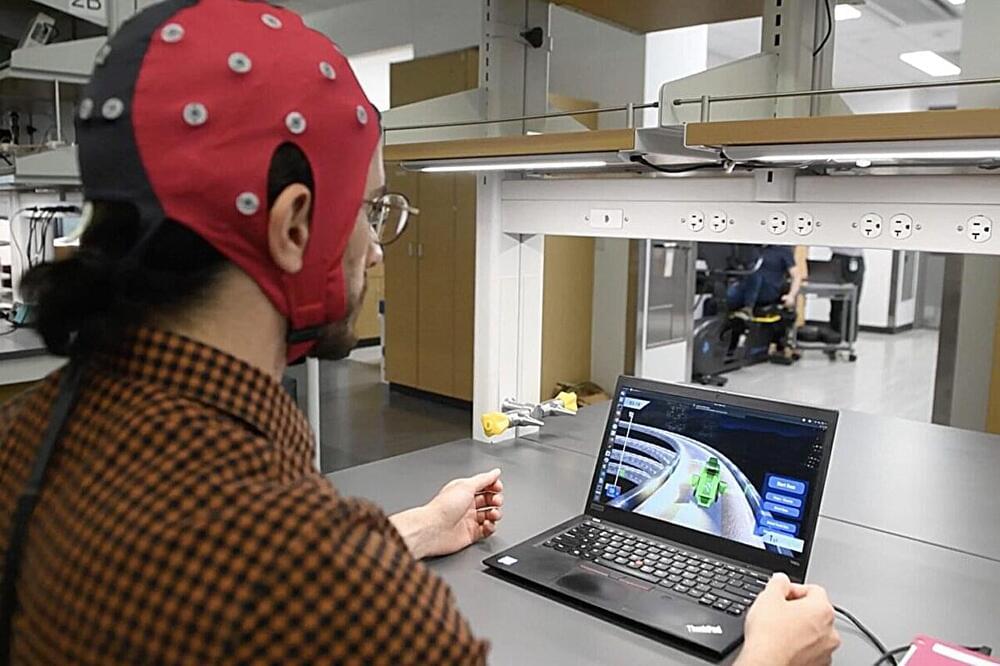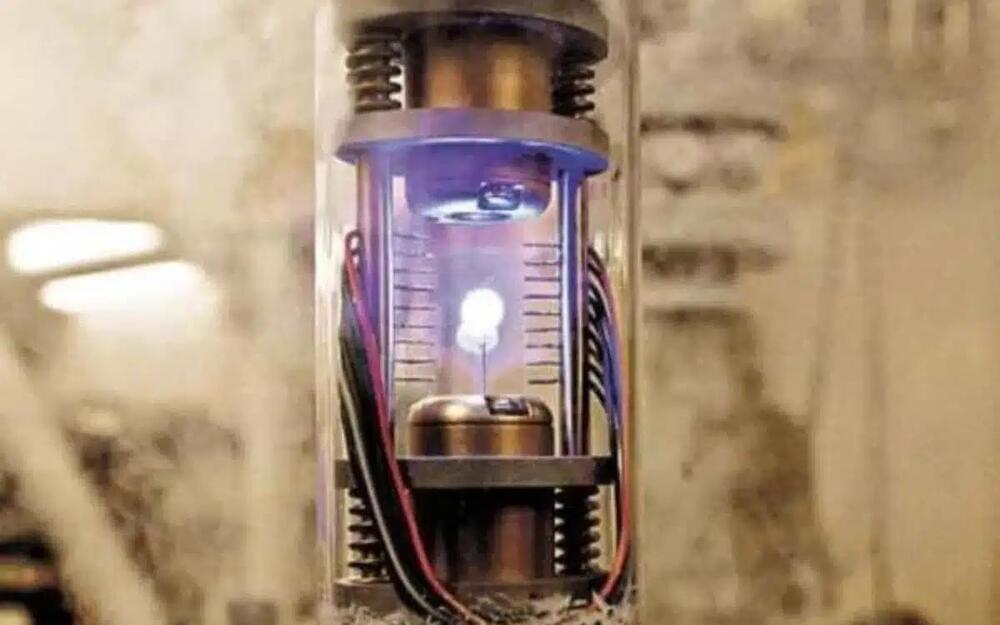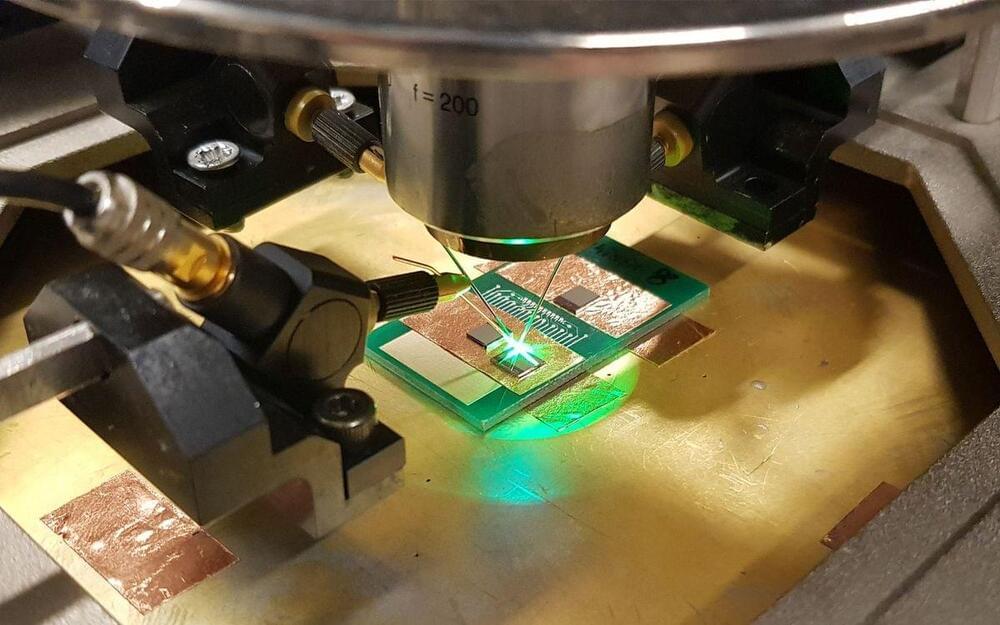Imagine playing a racing game like Mario Kart, using only your brain to execute the complex series of turns in a lap.




Here’s a new Forbes review by world leading futurist Tracey Follows on the book: Transhuman Citizen:
What does Transhumanism, Ayn Rand and the U.S. Presidential election have in common? They are the connecting themes in a new book by Ben Murnane entitled, “Transhuman Citizen”
The book tells the story of Zoltan Istvan, a one-time U.S. Presidential candidate, who drove a coffin-shaped bus around the U.S. attempting to persuade the public that death is not inevitable and that transhumanism is a political as much as a scientific solution to the troubles of the 21st Century.
The book deals with what lead up to that Presidential campaign, the campaign itself, and what has happened since.
It starts with an explanation of how the author came to settle on his subject of Zoltan Istvan Gyurko, and the radical changes he wants to see in society. It links the author’s interest to his own personal circumstances. Murnane has a rare genetic disease, Fanconi anaemia, and became the first person in Ireland to have a novel form of bone marrow transplant. Having benefited from advanced medical technologies, he went on to write a book about living with the illness. Murnane also has interest in Ayn Rand, having completed a PhD in Rand and Posthumanism.

A new study indicates a link between sleep apnea and increased memory or thinking problems, based on self-reported data from over 4,000 participants.
People who experience sleep apnea may be more likely to also have memory or thinking problems, according to a preliminary study that will be presented at the American Academy of Neurology’s 76th Annual Meeting taking place April 13–18, 2024, in person in Denver and online. The study shows a positive association but did not determine whether sleep apnea causes cognitive decline.
Sleep apnea is when people stop and restart breathing repeatedly during sleep which can lower oxygen levels in the blood. Symptoms include snorting, gasping, and breathing pauses. People with the disorder may also experience morning headaches or have trouble focusing on tasks.

The Sun emitted a strong solar flare, peaking at 4:56 p.m. ET on March 28, 2024. NASA
Established in 1958, the National Aeronautics and Space Administration (NASA) is an independent agency of the United States Federal Government that succeeded the National Advisory Committee for Aeronautics (NACA). It is responsible for the civilian space program, as well as aeronautics and aerospace research. Its vision is “To discover and expand knowledge for the benefit of humanity.” Its core values are “safety, integrity, teamwork, excellence, and inclusion.” NASA conducts research, develops technology and launches missions to explore and study Earth, the solar system, and the universe beyond. It also works to advance the state of knowledge in a wide range of scientific fields, including Earth and space science, planetary science, astrophysics, and heliophysics, and it collaborates with private companies and international partners to achieve its goals.

Leafhoppers, a common backyard insect, secrete and coat themselves in tiny mysterious particles that could provide both the inspiration and the instructions for next-generation technology, according to a new study led by Penn State researchers. In a first, the team precisely replicated the complex geometry of these particles, called brochosomes, and elucidated a better understanding of how they absorb both visible and ultraviolet light.
This could allow the development of bioinspired optical materials with possible applications ranging from invisible cloaking devices to coatings to more efficiently harvest solar energy, said Tak-Sing Wong, professor of mechanical engineering and biomedical engineering. Wong led the study, which was published today (March 18) in the Proceedings of the National Academy of Sciences of the United States of America (PNAS).

In this episode, recorded during the 2024 Abundance360 Summit, Peter and Elon discuss super-intelligence, the future of AI, Neuralink, and more.
Elon Musk is a businessman, founder, investor, and CEO. He co-founded PayPal, Neuralink and OpenAI; founded SpaceX, and is the CEO of Tesla and the Chairman of X.
Learn more about Abundance360: https://www.abundance360.com/summit.
———-
This episode is supported by exceptional companies:
Use my code PETER25 for 25% off your first month’s supply of Seed’s DS-01® Daily Synbiotic: https://seed.com/moonshots.
Get started with Fountain Life and become the CEO of your health: https://fountainlife.com/peter/


As transistors are made ever tinier to fit more computing power into a smaller footprint, they bump up against a big problem: quantum mechanics. Electrons get jumpy in small devices and leak out, which wastes energy while degrading performance. Now a team of researchers is showing that it doesn’t have to be that way. With careful engineering, it’s possible to turn electrons’ quantum behavior into an advantage.
A team of English, Canadian, and Italian researchers have developed a single-molecule transistor that harnesses quantum effects. At low temperatures, the single-molecule device shows a strong change in current with only a small change in gate voltage, nearing a physical limit known as the sub-threshhold swing. Getting near or beyond this limit will allow transistors to be switched with lower voltages, making them more efficient and generating less waste heat. The research team, including physicists at Queen Mary University of London, achieved this by taking advantage of how quantum interference alters the flow of current in single molecules.
“We’ve demonstrated, in principle, that you can use destructive quantum interference for something useful.” —Jan Mol, Queen Mary University of London.